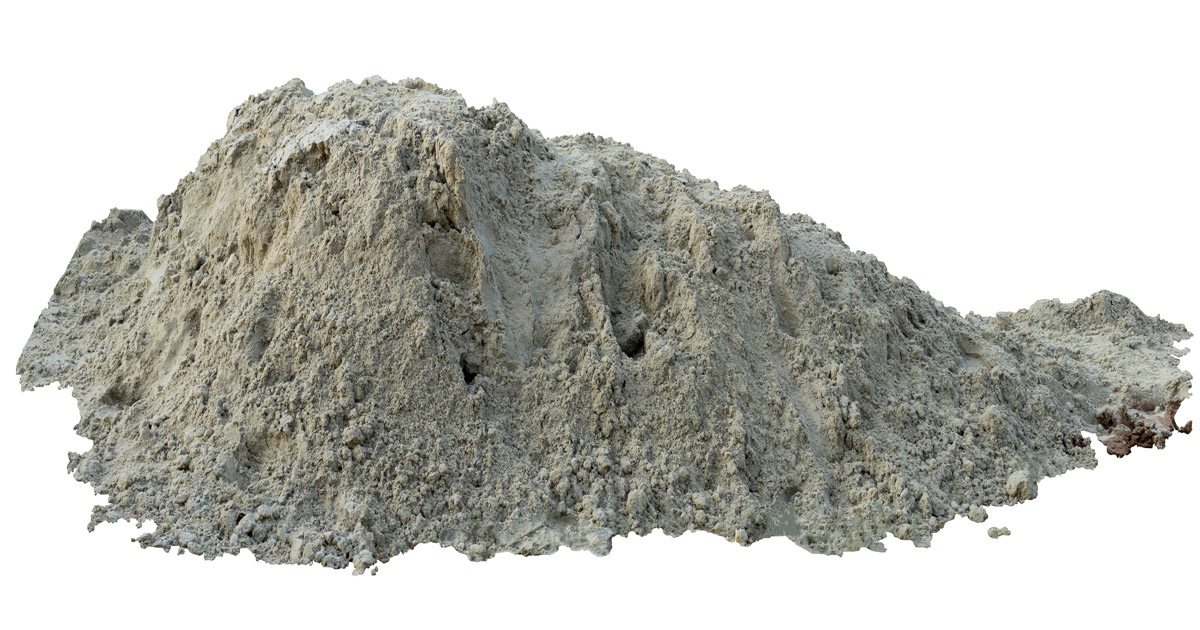What is the New Initiative to Enforce Silica Dust Standards?

The U.S. Department of Labor’s Mine Safety and Health Administration (MSHA) recently announced their new initiative to uphold its current respirable crystalline silica standards. Otherwise known as quartz, silica is a common material found on construction, mining, oil, or gas sites, and is generally found in the soil, concrete, sand, rock, granite, and other materials. It is when silica is cut or grinded or drilled from these materials that create a hazardous dust containing crystalline silica particles, which are too small for the human eye to see.
Effective immediately, the MSHA enforcement is an interim measure while new rules and regulations are in development that address exposure to silica dust. But the final silica ruling is not expected before 2023, so this enforcement is meant to act as a stop gap until a new standard is developed.
Enforcement of the new initiative may be focused on mine sites that have a previous history of silica dust exposure, non-compliant sites, as well as compliant sites that have an increase in silica-related operations. Some of the measures include:
- Increased enforcement and oversight of silica standards, particularly at locations that have been cited for exposing workers to silica dust over the permissible exposure limit (PEL) of 100 micrograms. For metal and nonmetal mines, MSHA will issue a withdrawal order until the overexposure has been abated. For coal mines, MSHA will recommend changes to dust control and ventilation plans.
- Spot inspections at locations that have a history of silica overexposures.
- Expanded sampling at locations to ensure the samples gathered my inspectors represent mines and jobs that have the highest risk of overexposure.
- Determining what mining processes present the highest risk of exposure with an emphasis on sampling during these processes.
- MSHA will remind workers and miners about their rights to report hazardous conditions, including the attempt to tamper with the sampling process.
The Health Hazards of Silica Dust
When the silica dust becomes airborne and respirable is when it is most hazardous, causing lung diseases like:
- Silicosis: Silicosis is a disabling and sometimes fatal disease that occurs when silica enters the lungs and forms scar tissue, making the lungs difficult to absorb oxygen. Generally, silicosis develops after an estimated 15 to 20 years of occupational silica exposure, although exposure to very high concentrations of silica dust can cause symptoms like weight loss or fever. Symptoms of silicosis include shortness of breath, fatigue, chest pain, and respiratory failure. As it adversely affects the immune system, exposure to silica increases the risk of lung infections like tuberculosis. There is no cure for silicosis.
- Pneumoconiosis: Also known as “black lung” or “coal miner’s lung”, pneumoconiosis is a group of lung diseases that occurs when an individual inhales certain hazardous dusts, such as asbestos or silica dust. Silicosis is a form of pneumoconiosis, and when severe, can lead to disability or premature death. You can also develop pneumoconiosis from inhaling dust from aluminum, barium, graphite, iron, mica, or talc.
- Lung cancer: There is an increased risk of developing lung cancer when exposed to respirable silica. Lung cancer is when cells in the lungs grow into tumors that interfere with lung function, which could also metastasize and affect other parts of the body. Most lung cancer cases are not curable.
- Kidney Disease: Workers who have been exposed to respirable crystalline silica have a higher risk of developing kidney disease, as kidney failure has been found in some observed workers with exposure to silica.
- Chronic Obstructive Pulmonary Disease (COPD): Exposure to silica dust increases the chance of lung diseases such as COPD, which includes chronic bronchitis or emphysema. Symptoms of COPD include shortness of breath and difficulty breathing, and COPD may worsen over time.
Miners and Flooded-Bed Scrubbers
Miners and mine operators have perhaps the highest risk to silica overexposure. Approximately 25 percent of compliance dust samples are above the exposure limit of 100 micrograms. Large quantities of silica dust develops when miners are cutting or breaking rock, as the dust then get entrapped in the ventilation air, leading to mine workers.
The development of fan-power dust collectors known as flooded-bed scrubbers are used by miners to help reduce airborne dust particles. However, in recent years, the density of the filters installed in the flooded-bed scrubbers have been reduced to improve airflow. But this may have come at a cost, as a reduction in filter density may negatively affect silica dust collection, which would then expose workers to higher concentrations.
After extensive testing of different materials for filter density, the National Institute for Occupational Safety (NIOSH) recommends the use of 30-layer stainless steel wire mesh or synthetic filters to be used in flooded-bed scrubbers. These filters improved in air velocity while collection efficiency remained at its peak. Filters with the poorest performance, such as the 10-layer wire mesh, should not be used.
OSHA’s Respirable Crystalline Silica Standard
OSHA’s crystalline silica standard requires employers to limit worker’s exposure and to protect them. Construction employers covered by OSHA’s standard are required to:
- Develop a written exposure control plan that explain exposure and methods used to protect employees. Include procedures that would restrict access to high exposure work areas.
- Designate a person to implement the exposure control plan.
- Restrict housekeeping practices that have the potential to expose workers to respirable silica.
- Offer medical exams such as chest X-rays and lung function tests for every three years for workers who are required to wear a respirator for 30 or more days per year.
- Develop training programs to train employees on silica exposure and how to limit silica exposure.
- Maintain records of exposure measurements and medical exams.
OSHA also has a Respirable Crystalline Silica standard for general industry and maritime employees and is similar to that of the standard for construction workers. This standard requires employers to:
- Assess worker exposure to silica if it is at or above 25 micrograms, averaged over an eight-hour day.
- Protect employees from respirable silica exposure above the PEL of 50 micrograms, averaged over an 8-hour day.
- Limit access to overexposure areas above the PEL.
- Use dust controls to protect against silica exposure and provide respirators when dust controls do not work.
The Plainfield Environmental Lawyers at Herold Law, P.A. Help Workers Suffering from Illnesses Caused by Silica Exposure
If you are a worker who is exposed to silica dust, or you have developed symptoms related to silica exposure, you may be entitled to compensation. Contact our Plainfield environmental lawyers at Herold Law, P.A. right away. Call us today at 908-647-1022 or fill out our online form for an initial consultation. With our offices located in Warren, New Jersey, we proudly serve all clients in Warren, Plainfield, and throughout New Jersey.




 908-679-5011
908-679-5011



